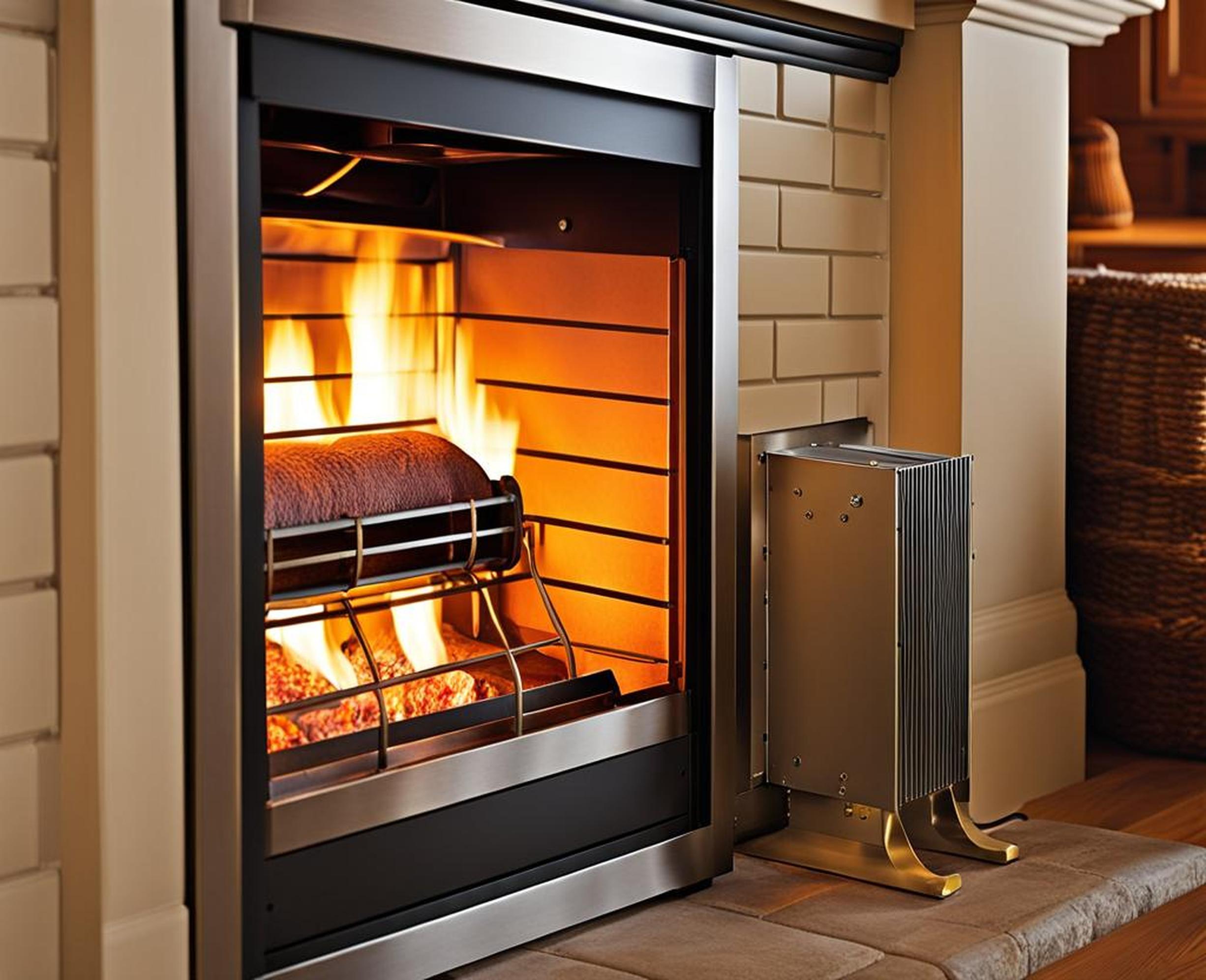When winter temperatures drop but your furnace fails to distribute hot air, it quickly becomes clear just how much we rely on our home heating systems. Frigid air blowing from the vents despite a running furnace signals an underlying malfunction needs addressing.
While the specific cause will dictate the proper solution, common issues like igniter troubles, blower fan failures, and duct leaks can leave you shivering inside your home. By gaining an understanding of what makes your furnace tick and how to pinpoint problems, you can restore comforting heat.

Inspecting Your Pilot Assembly
Older furnaces frequently utilize standing pilot lights to initiate gas flow and ignite the burners. Over time, accumulated dirt, debris, and corrosion can impede the pilot flame or sensor effectiveness.
Purpose of the Pilot Assembly
This mechanical apparatus houses the pilot light flame used to trigger the release of gas to your furnace’s burners as heating is required. The assembly consists of:
- Small gas tube and nozzle sustaining the flame
- Thermocouple generating current from flame heat
- Electromagnet allowing gas flow upon flame detection
How a Faulty Assembly Stops Heating
Issues with the thermocouple, electromagnet, or gas nozzle can lead to failure initiating burner ignition. Additionally, the sensor may not register the pilot flame, halting gas flow. Confirm your pilot assembly isn’t:
- Covered in debris, dirt, spiderwebs
- Corroded from heat and moisture over time
- Emitting small, unstable flame
Carefully cleaning the assembly with compressed air or pipe cleaners can often resolve these problems and restore functionality.
Checking Blower Motor Operation
To circulate heated air, furnaces utilize blower motors driving fans to push air through ductwork. Malfunctions here fail to distribute what your burners produce.
Blower Motor and Fan Basics
This internal blower component with fan pulls in air from your home’s return ducts once sufficiently warmed by the heat exchanger. It then forces air through supply ducts leading to vents.
| Blower Motor Role | Circulates and pushes heated air into ductwork |
| Associated Signs of Failure | No airflow despite furnace activity, unusual noises |
| repair Options | Diagnosing electrical issues, replacing worn motor |
Addressing Breakdowns
If you hear rattling, grinding, squealing or smell burning coming from the blower motor, have an HVAC technician evaluate it. They can test components and supply replacements as needed to get things circulating properly.
Examining Heat Exchanger Condition
Responsible for transferring heat from the burners to your home’s air, a failing heat exchanger cannot provide warmth.
What Does This Component Do?
The heat exchanger absorbs heat from the gas furnace flames and uses metal plates/tubes to conduct that warmth to air entering from your blower motor. As that air then flows through ductwork, it carries comfort to your rooms.
Impact and Detection of Damage
Cracks forming in the heat exchanger provide pathways for dangerous carbon monoxide to mix with heated air. Your HVAC professional should thoroughly inspect it for:
- Cracks allowing carbon monoxide leaks
- Corrosion reducing heat transfer effectiveness
Replacement resolves heat exchanger problems restoring safety and heating capacity.
Inspecting Ductwork
Your home’s ductwork serves as the delivery system transporting nice warm air during heating seasons. Gaps or disconnects therefore result in uncomfortable rooms.
Ductwork Basics
This network made from sheet metal, fiberglass board, or flexible plastic tubing links the furnace output to vents in various rooms. Proper seals prevent heated air from escaping before reaching destinations.
| Ductwork Role | Transfer hot air from furnace to vents |
| Impact of Leaks | Heat loss leading to cold rooms |
| Finding/Repair Method | Inspect visually and with pressure tests, seal with mastic |
Locating and Repairing Defective Ducts
Visually inspect all accessible supply and return ductwork for detachments or damage. In addition, an HVAC professional can pressurize ducts and identify leaks impeding delivery. Sealing gaps with mastic compound prevents costly heat loss.
Diagnosing the Gas Valve
The gas valve meters fuel flow to the furnace burner. Malfunctions stopping gas flow therefore also halt heat production.
Gas Valve Purpose
| Permits gas input based on heat demand | Activates burner ignition process |
Signs of Failure
- Burners failing to ignite
- Gas smell originating from furnace
Given the safety implications of gas valves, replacement by a professional often makes the most sense when operation falters.
Inspecting the Flame Sensor
Flame sensors monitor burner ignition, providing feedback on whether gas should continue flowing based on detected heat. Errors can therefore stop heat.
Flame Sensor Details
This device assists the gas valve by verifying successful burner ignition through electrical signals. If the pilot or main flame goes out, the ceased signal prompts fuel cutoff.
Common Sensor Issues
- Provides false positive signal without flame
- Fails to detect existing flame signal
Cleaning contacts eliminates debris/corrosion interference with signals. But replacement becomes necessary when position adjustments or cleaning attempts fail.
While taking steps to inspect your furnace provides helpful diagnostic insight, units utilizing natural gas, propane or heating oil require technical skills to address safely. Trust seasoned HVAC technicians to restore warming operation.
